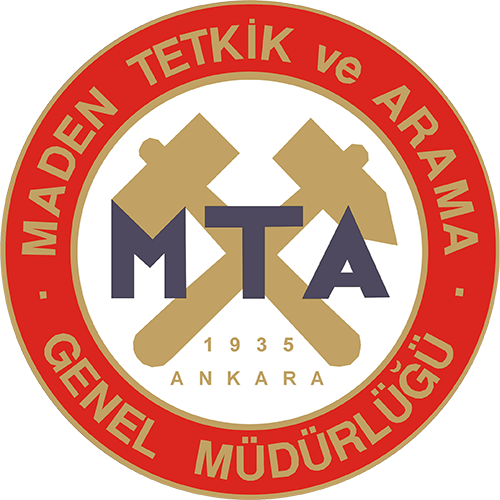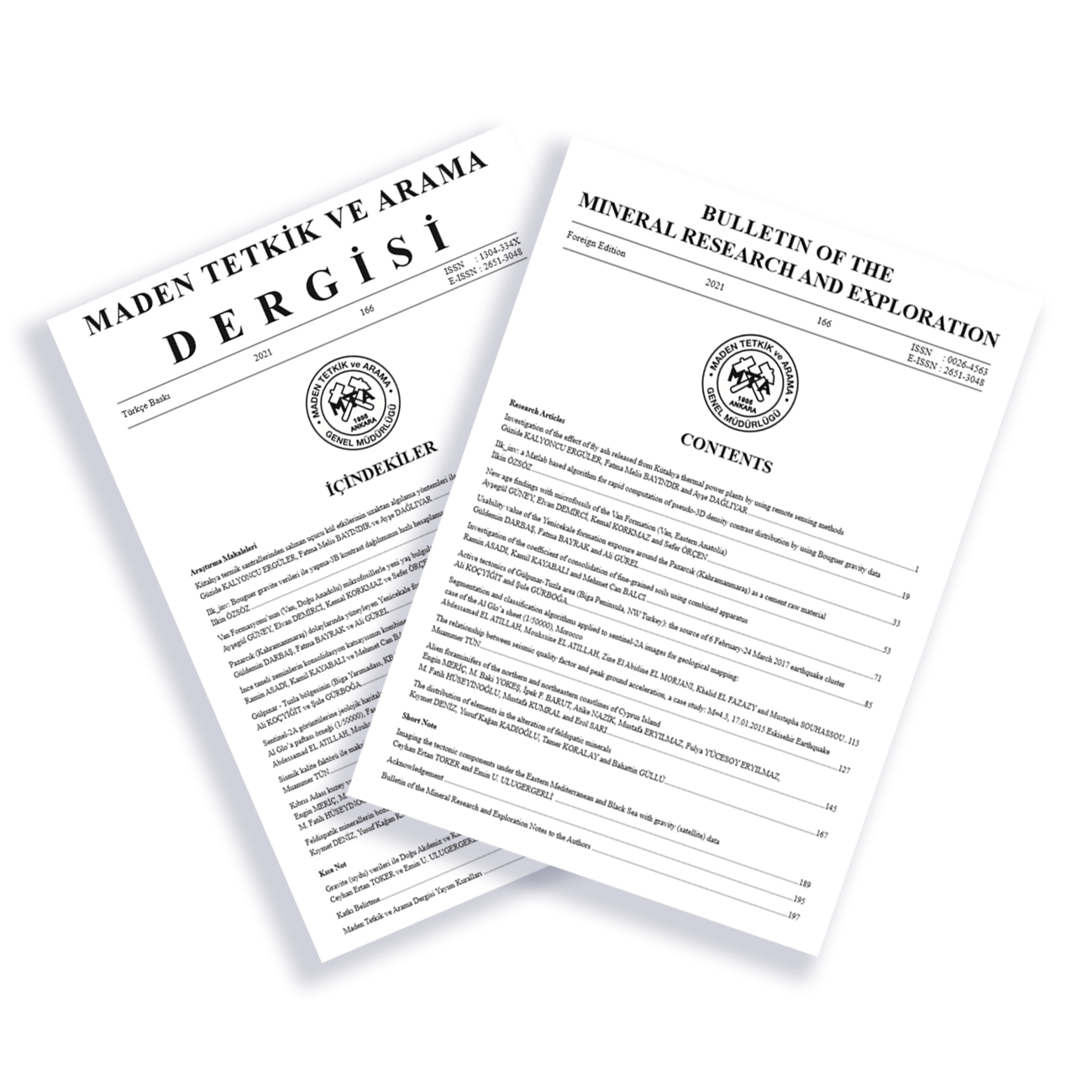Details
Reservoir characteristics of the middle Eocene Avanah Formation in Erbil governorate, northern Iraq: Integration of outcrop and subsurface data
Kuzey Irak Erbil şehrindeki Orta Eosen Avanah Formasyonu’nun rezervuar özellikleri: Yeryüzü ve yeraltı verilerinin birleştirilmesi
Indexed In
Volume 175 / December 2024Authors
Wrya J. MAMASENI, Irfan ASAAD, Ali I. AL-JUBOURYKeywords
Avanah Formation, Erbil, Middle Eocene, Northern Iraq, Reservoir Properties.Abstract
The current work investigate the petrophysical characteristics of the Middle Eocene Avanah Formation in the Erbil Governorate using IP software to analyze the well data, integrated with the petrographic investigation of the formation in the nearest outcrop in the Gomaspan section. Well logging data revealed that the main lithology of the formation is limestone and dolostone while the lithology in the Gomaspan section is composed of limestone, dolomitic limestone, marly dolomitic limestone, and thin beds of shale. The lower dolomitic unit in the subsurface section of the formation is believed to be the most suitable reservoir unit due to good petrophysical characteristics including, low water saturation, high porous medium, and the presence of movable hydrocarbon. To measure porosities, a variety of well logging techniques were used in this study. The investigated formation was divided into Avanah dense (limestone unit) and Avanah porous (dolostone unit) based on their porous components. The petrographic study shows that most pore types of the formation are secondary and represented mainly by vuggy, moldic, intercrystalline, and fracture types. Most of the fractures in the upper limestone units are filled by calcite cement. The study claimed that the lower part of the formation (dolostone unit) in both sections is considered a good reservoir.
Click for .pdf Türkçe .pdf için tıklayınız
